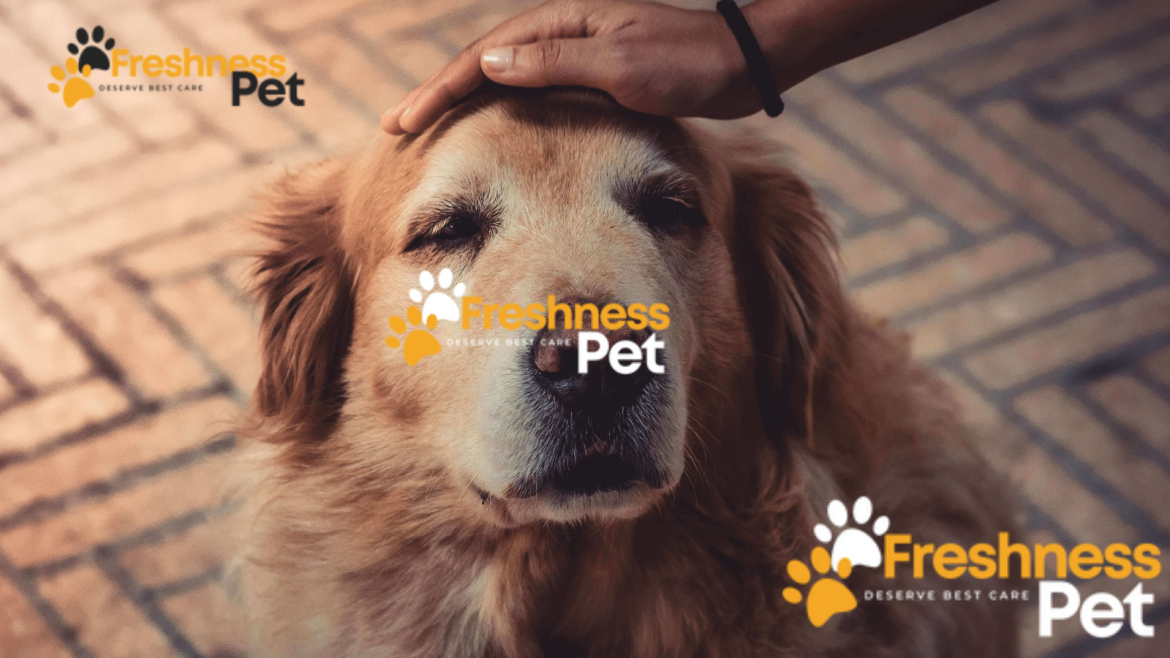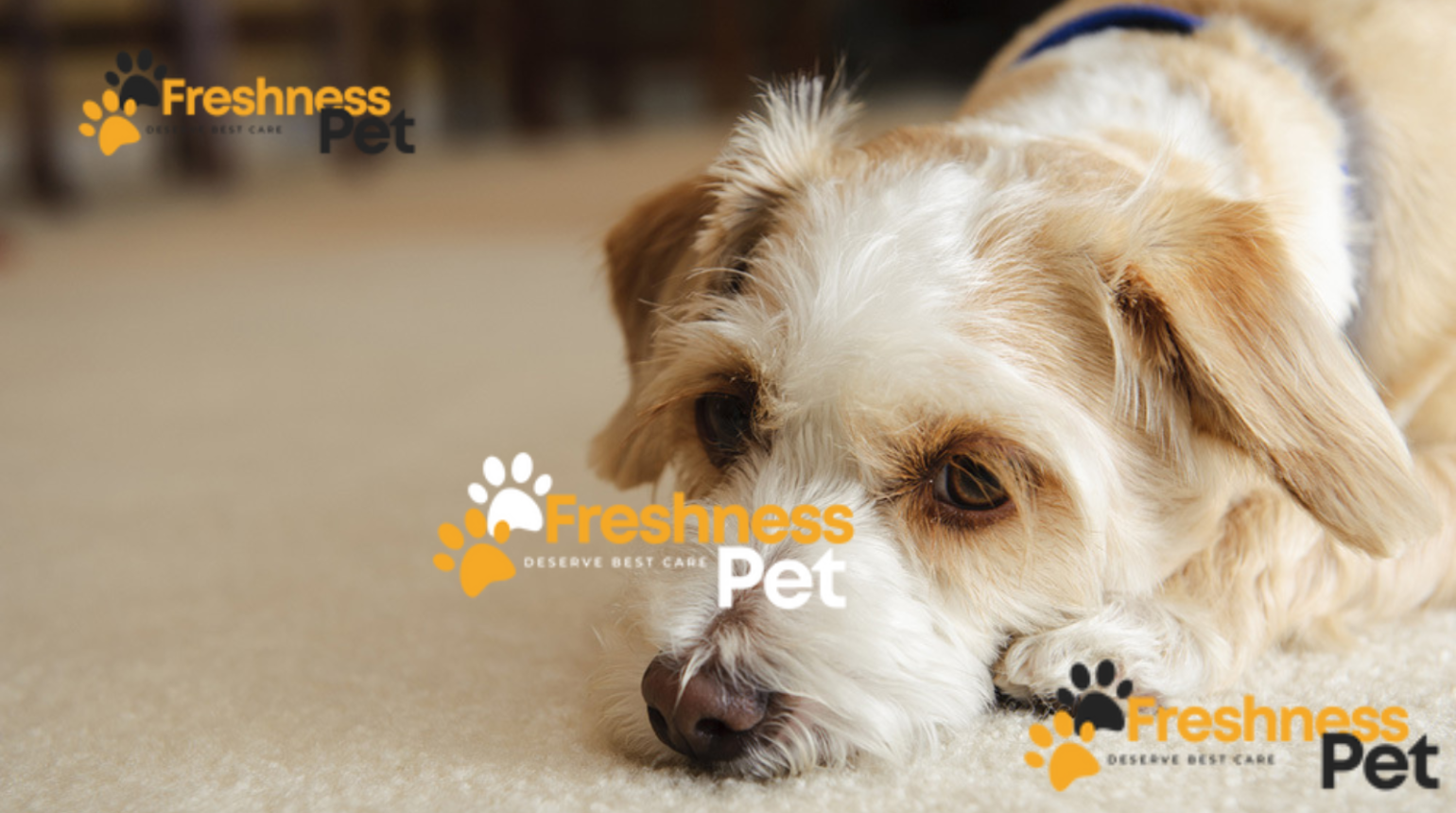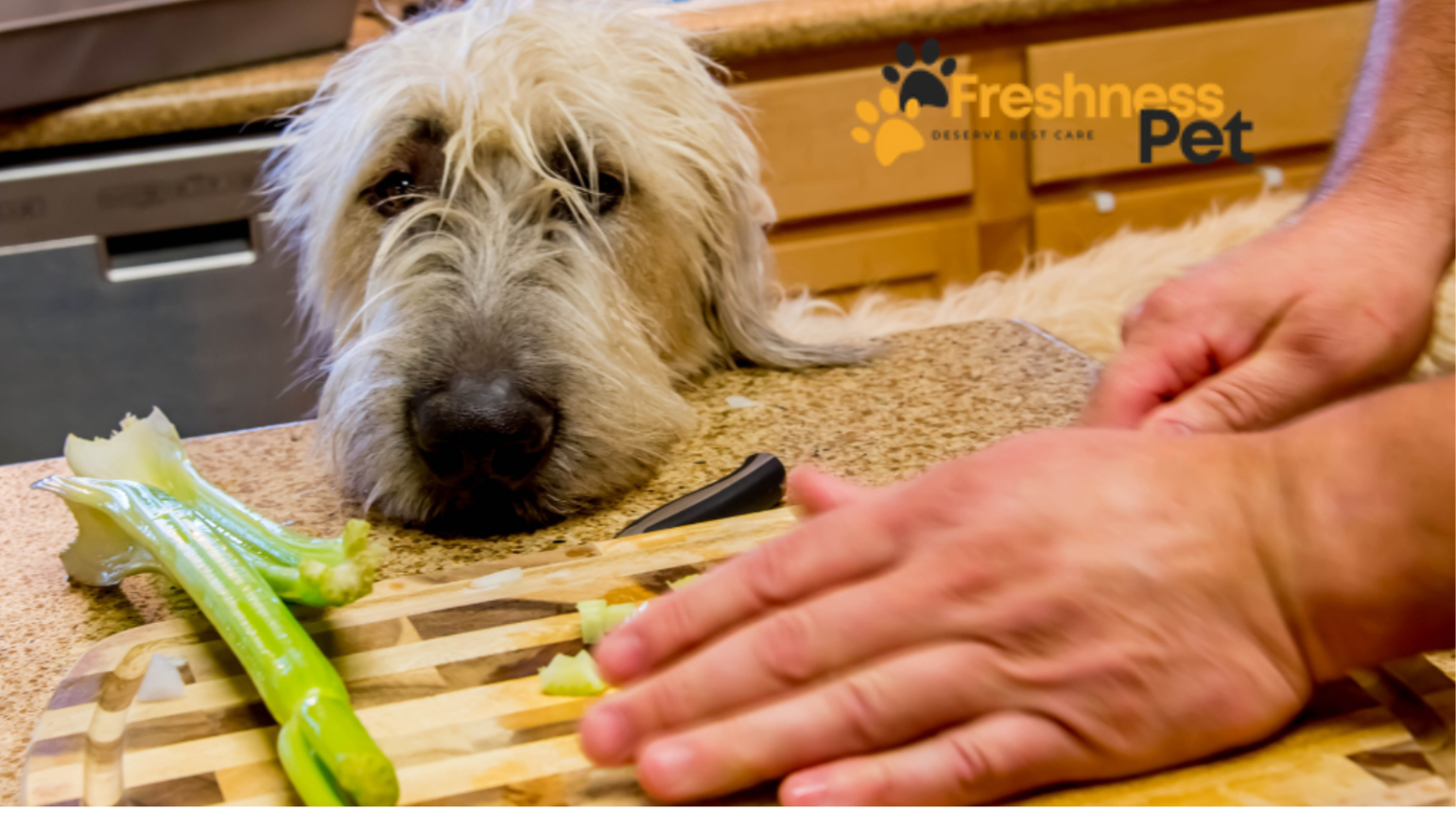Similar to humans, dogs can experience anxiety, a normal and healthy emotion. It can affect all breeds differently. While occasional anxiety is common, unchecked levels may lead to a disorder. Untreated anxiety can cause behavioral issues.
How can you identify if your dog is anxious? What are the treatments? This article is a guide to dog anxiety, including its causes, signs, and treatment methods. Also, I will give suggestions on dealing with anxiety. With this knowledge, you will be prepared to deal with your dog if the anxiety is present.
Understanding Dog Anxiety: Common Causes
Dog anxiety can arise from various sources, as explained by the Merck Veterinary Manual. Among the primary causes are:
1. Fear
Dogs may develop noise-sensitive anxiety, for instance, noise phobia. They may also be nervous around other unknown persons or any other creature. Previous experiences also include the fact the fact that objects of vision such as hats or umbrellas cause apprehension in dogs. A new environment or certain conditions, like going to a vet or riding a car, may also be a cause of anxiety. Also, they may get anxious depending on the type of floor, such as grass or a wooden floor, among others. These stimuli, however, may cause only a brief response in some dogs but have a considerable impact on anxious dogs.
2. Separation anxiety
It was determined that approximately 14% of dogs are affected by separation anxiety. This condition makes affected dogs have difficulties with how they can sleep or relax when left alone or when the human caretakers are out of sight. This anxiety leads to nuisances such as defecation and/or urination inside the house, chewing of furniture, and persistent barking.
3. Age-Related Anxiety
Aging dogs can suffer from general anxiety caused by Cognitive Dysfunction Syndrome (CDS). As in early stages of Alzheimer’s disease in human beings, the canine disorder of cognitive dysfunction, CDS, is characterized by impaired memory, learning, perception, and awareness. Obviously, this decline induces confusion and corresponding anxiety in senior dogs.
Dog Anxiety: Symptoms and Warning Signs
Their communication skills are rather versatile, but they are not limited to speaking. Their main form of communication is through gestures and other impressive behaviors in order to convey the messages they want to pass across. To be more specific, signals that are present in other diseases may amplify when it comes to anxiety. Finding out these signs will assist you in understanding what is upsetting your pet and, as well, help to eradicate the cause of their panic.
Vocal Cues:
- Excessive Barking: Barking is quite natural for any dog, so if a dog barks continuously, especially combined with pacing or trembling, then it is a clear sign of stress.
- Whining: Whining also portrays similar signs to barking and involves signs such as pain, excitement, or anxiety. Dogs whine when distressed, so if your dog constantly whines in combination with shaking or moving around, then your pet may be nervous.
Physical Signs:
- Destructive Behavior: Clinging, licking, or biting may not be proper conduct, but in anxious dogs, it depresses the stiffness and anxiety they feel inside.
- Panting: The dog’s hard-wired ability to cool its body down through panting and excessive saliva production can be a telltale sign that the dog is indeed stressed or anxious and in threatening situations, such as during thunderstorms or when being taken to the vet.
- Licking: Despite the fact that licking paws is a quite unremarkable behavior accompanied by comfort-seeking, further and more constant licking may sometimes indicate anxiety-induced compulsive disorder.
- Shaking: Shaking may be associated with pain or the cold, while shivering is often a result of being nervous when in the car, when taken to the vet, or when alone.
- Pacing: Such as pacing back and forth, this is mostly an indication that something is not well. They are commonly concerned and are attempting to dispel their stress through physical activity.
- Anal Gland Expression: Any stress may cause the dogs to reflexively release the anal glands. These glands produce a foul-smelling odor, and though normally secreted during episodes of defecation, anxiety may cause them to be released.
- Elimination Issues: It is annoying when a pet has an accident in the house, although for a dog that has been trained to do its business outside, this could be due to stress or discomfort.
- Drooling: A small amount is okay at any age; however, if the drooling is more than that, physical manifestations of anxiety can include that.
Behavioral Changes:
- Aggression: A friendly dog that gets aggressive and starts growling or snapping could probably be stressed.
- Scratching at Doors: Scratching at the door is a sign of a dog who is concerned with something outside or with being locked inside.
- Escape Attempts: This kind of scared dog can try to aggressively flee from the assumed danger, which can be manifested by attempts to run or bolt.
Body Language:
- Tail Position: A low or tuck tail and/or a tail that is not wagging or is wagging very intensively can be a sign of fear or anxiety. Another possible cause of wagging on the left side of the body is anxiety.
- Eyes: Always notice that when a dog is stressed, either their pupils are bigger, their eyes are circular in shape, or the white portion of the eye is evident.
- Mouth: An anxious dog might gag with their mouth closed shut, bring their lips up in a frowning expression, or grind their jaws.
- Raised Hackles: The fur along your dog’s back, its shoulders, and the tail may go erect; this is usually referred to as having raised hackles, which is a sign of discomfort on your dog’s part.
- Muscle Tension: It might stiffen, and both its weight-bearing limbs would look strong on the floor. That is something associated with the physical discomfort that the dog feels due to anxiety.
Why Are These Symptoms Important?
Occasional anxiety is quite common but if this escalates to being recurrent then it becomes more of a complex issue. It is important to identify these signs at the initial stages so that cause can be sought and dog can be assured of safety.
Of all the signs, aggression is one of the most perilous ones that should be promptly addressed. Indirect forms of aggression may include biting, snapping or growling at people or other animals, or reacting aggressively when someone comes between them and their current objects of fear. But even if no one gets hurt, he creates tension for everyone when he lashes out.
If you think your dog may have anxiety, then talk to your vet. They can diagnose the root cause and come up with a schedule to ensure that your companion is again playing and frolicking happily.
How to Treat Your Dog’s Anxiety?
Dealing with your dog’s anxiety can be tough, but there are ways to help. Here’s how to manage and treat your dog’s anxiety effectively.
Visit the Veterinarian
Start with a trip to the vet. A vet can diagnose the anxiety and check for other health issues. Once they know what’s wrong, they can suggest the best treatment.
Physical Activity
Exercise is great for reducing stress in both humans and dogs. Regular walks and outdoor play can ease tension. During stressful times, a long walk can calm your dog down.
Positive Reinforcement
Use positive reinforcement to help your dog calm down. This means rewarding good behavior instead of punishing bad behavior. Practice this when your dog is calm.
For example, give treats and praise when your dog sits on command. Train them to go to a comfortable spot or lie down on their bed. The goal is to teach your dog to do something calming, like sitting next to you, or going to their safe place. Then, when things get stressful, you can send them to their happy place.
Sometimes, positive reinforcement may not work. If your dog still feels anxious, talk to your vet for other solutions.
Medications
Your vet might recommend medicine to manage your dog’s anxiety. Common medications include:
- Clomipramine (Clomicalm)
- Amitriptyline (Elavil)
- Fluoxetine (Prozac)
- Sertraline (Zoloft)
- Paroxetine (Paxil)
- Buspirone (Buspar)
- Propranolol (Inderal)
- Selegiline (Anipryl)
- Alprazolam (Xanax)
- Diazepam (Valium)
- Lorazepam (Ativan)
These medicines can be very helpful but should only be used with a vet’s guidance.
Environmental Changes
Make your home environment as safe as possible for your dog. This could be a crate with a soft bed or a quite room with their favorite blanket and toys. In this area, feed your pet with treat and shower it with love that will make it comfortable.
For the dogs suffering from Noise Phobia; situations like fireworks or thunder, to have a secure and comfortable area to retreat too is very useful.
Natural Products
There are natural products that can be of assistance in the case of anxiety in dogs. These are over the counter remedies and these may be vitamins, minerals or herbs. Some effective natural products include:
- Pheromones: These come as sprays, diffusers as well as collars. They let out smells that are as soothing as those given off by a mere mother dog.
- L-theanine: This is present in products such as Anxitane. That is why it can help decrease anxiety and make a patient feel more comfortable and at ease during a consultation.
- Melatonin: There is melatonin supplements that are safe for dogs and these can be used to calm down anxious dogs.
- Hydrolyzed Milk Protein: Grab your dog feeding supplements like the Zylkene that contain this protein to help relax your dog.
Prevention Strategies
To prevent the development of anxiety in dogs, one needs to provide a stable and comfortable environment. Here are some tips:
- Maintain a Routine: Television and trips imply the same routine and common sense: walks and meals.
- Play and Bond: Play to allow for the energy stemming from interaction to be drained and also to enhance the bond between you and your dog.
- Comfortable Space: Make certain your dog has comfortable den, safe, comfortable chewable toys, comfortable beds, comfort food toys.
- Socialization: Socialize your dog starting from the age of four weeks up to five months with people, objects and other puppies.
- Obedience Training: Train your dog on what to do when it is a victim of stress by use of different commands and behaviors that will de-stress it.
- Avoid Triggers: Determine which of the circumstances might cause anxiety to your dog, for example, crowded events that are held outdoors with loud music.
Last Words
I try my best to explain everything about dog anxiety. I hope this knowledge lets you, as the owner, comfort your dog when they’re stressed. Talk to your vet if you think your dog might be anxious. They can check your dog for other problems and create a plan to help your dog feel better.



